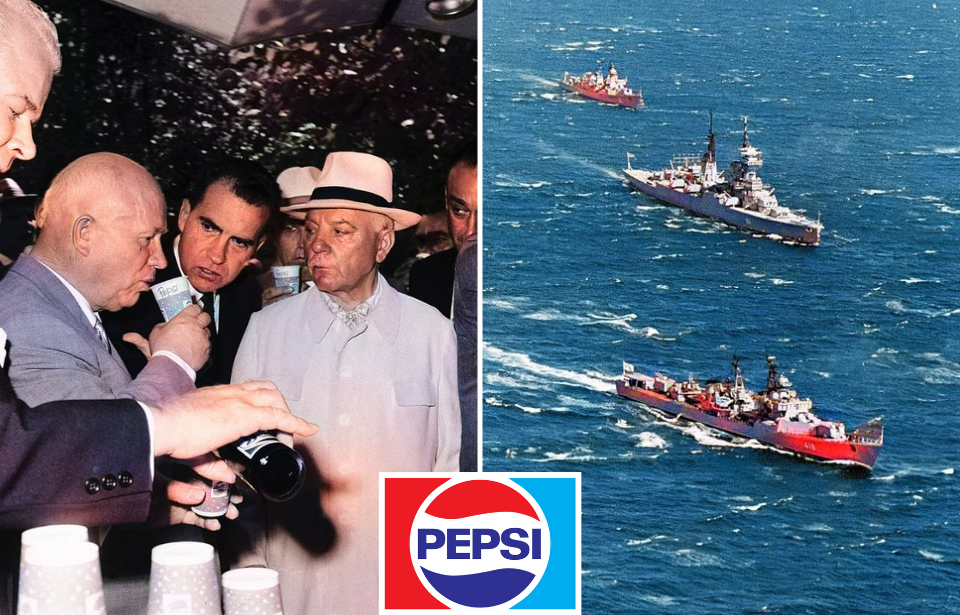Pepsi is one of the most iconic American brands in the world, and you’re bound to start an argument over whether it or Coca-Cola is the more superior soft drink. The company has a unique history, which involves a Cold War-era deal with the Soviet Union and its temporary ownership of the sixth-largest navy in the world.
Richard Nixon versus Nikita Khrushchev
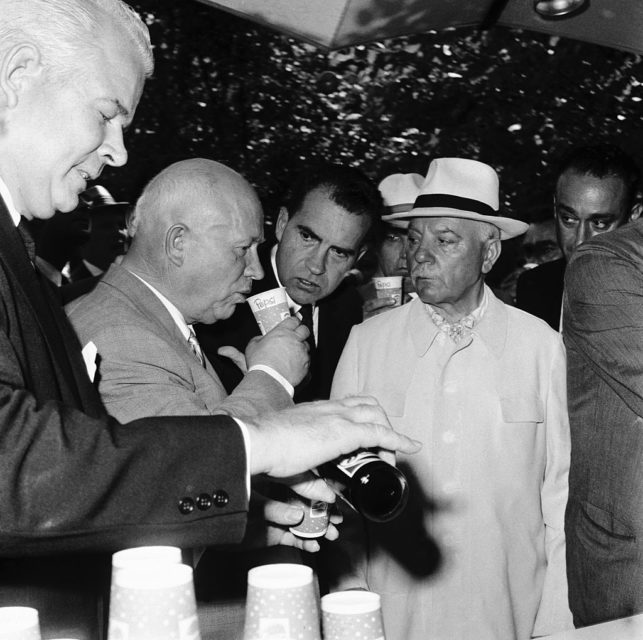
In the aftermath of the Soviet launch of the Sputnik 1 satellite, the United States was looking to regain its place on the world stage and show that its economical model was better than the Communist one presented by the USSR. In 1959, then-President Dwight D. Eisenhower felt the best way to do this was to bring American culture to the Soviets, thereby showing them all the benefits of a capitalist society.
To accomplish this, the US government arranged the American National Exhibition in Moscow’s Sokolniki Park. A host of American brands sponsored booths and exhibits, including Pepsi; Disney; IBM; and Dixie Cup, Inc.
Then-Vice President Richard Nixon attended the opening. While there, he and Soviet leader Nikita Khrushchev got into a heated debate regarding Communism versus capitalism and the efficacy of their economic models. Hoping to simmer down any tension, Head of Pepsi International Donald Kendall offered the latter a Pepsi, which he drank and immensely enjoyed.
A deal between Pepsi and the Soviet Union
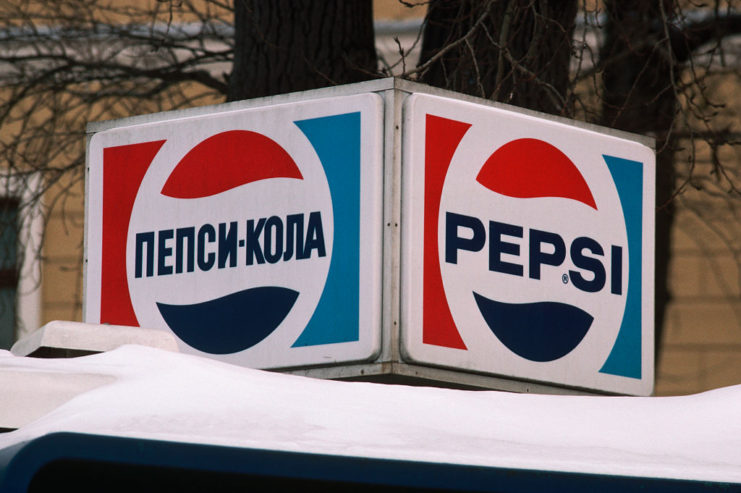
Years after the exhibition, the Soviet Union wished to make a deal with Pepsi, to ensure its products would remain in the country permanently. However, as its money wasn’t accepted throughout the world, there was an issue as to how the government would pay for the exchange. That’s when the idea came: vodka.
Under the new deal, the USSR would provide vodka from its state-owned brand, Stolichnaya, for re-sale in the United States, in exchange for Pepsi. As a result, the soda company became the first to secure such an agreement between America and the Soviet Union during the Cold War.
Stolichnaya experienced immediate popularity upon entering the US market. In 1973, it was selling about 30,000 cases annually in the country and, by 1978, had reached 200,000 annual sales. By 1980, its sales had topped one million cases a year, making it the second-most popular vodka in America.
Exchanging Pepsi for a fleet of warships
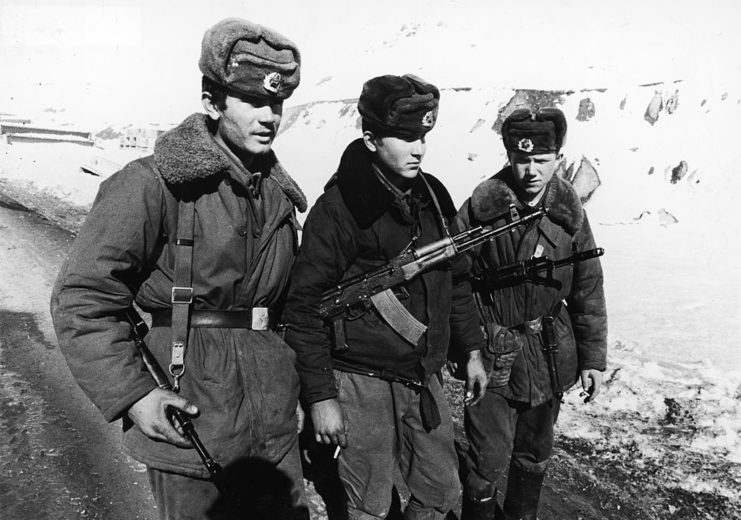
By the late 1980s, the USSR’s agreement with Pepsi was due to expire. However, unlike in previous years, their vodka wouldn’t be enough to satisfy the American company. This was due to the Soviet invasion of Afghanistan, which led to the boycotting of Soviet products in the United States, including vodka.
As such, Swedish vodka brand Absolut quickly surpassed Stolichnaya in popularity.
The Soviets didn’t want to lose Pepsi, so they opted for a rather unorthodox trade with the soda company. In exchange for its product, they would give Pepsi a fleet of warships, including 17 submarines, a frigate, a cruiser and a destroyer.
While the country’s Cold War budget had resulted in a surplus of equipment for its Armed Forces, the ships and submarines given to Pepsi were in serious disrepair. Just one of the surface vessels was truly seaworthy, while all of the submarines had serious rust issues. The majority also listed to one side.
A naval fleet sent to the scrapyard
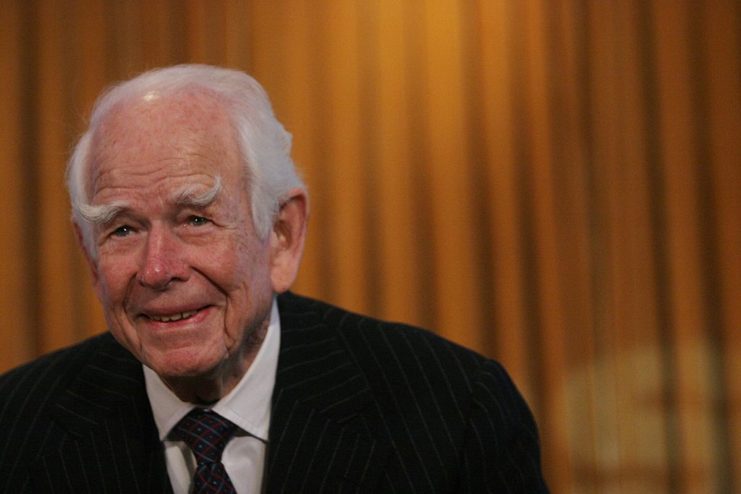
The US government wasn’t happy about the deal Pepsi had made with the USSR and made its feelings known. In response to the uproar, Donald Kendall reminded the Department of Defense he’d managed to reduce the number of naval vessels at the Soviets’ disposal, memorably saying, “I’m dismantling the Soviet Union faster than you are.”
More from us: The Capture of U-505 Helped America Crack the Kriegsmarine’s Ultra-Secretive Code
Are you a fan of all things ships and submarines? If so, subscribe to our Daily Warships newsletter!
Eventually, Pepsi sold the ships to a Swedish recycling company for scrap, as the company needed to recoup the cost of shipping its product to the Soviet Union. Regardless, for a time, it was the owner of one of the world’s largest navies, showing exactly what can happen when a country’s citizens really love a particular consumer product.
